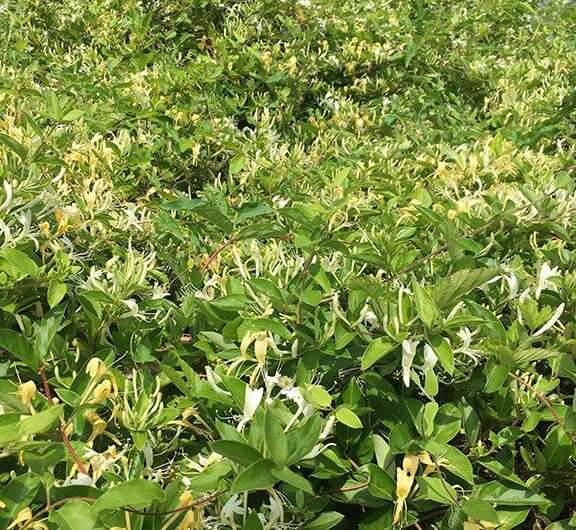Studies show the influence of environment on the evolution of weeds

Rapid increases in herbicide resistance show that weeds can undergo important genetic changes over very brief periods of time. But herbicide use isn't the only factor influencing the evolution of weeds.
An article featured in the journal Invasive Plant Science and Management shows climate and elevated levels of carbon dioxide (CO2) are also influencing how weeds evolve and may actually contribute to the development of herbicide resistance.
After a review of the available literature, the authors compiled several key findings about the role climate plays in weed evolution:
- Evidence suggests elevated CO2 may contribute to weeds developing greater competitive abilities and resistance to herbicides.
- Adaptive evolution is likely common among weeds due to the combination of two factors: the strong selective pressures exerted by changes in climate and the unique characteristics of weed populations, including short lifecycles, strong dispersal abilities and ample genetic variation.
- Weed evolution is influenced by both the direct effects of climate change on the environment, as well as its many indirect effects, such as changing fire patterns, new crop introductions and altered herbicide effectiveness.
- Weed traits—such as growth rates and lifecycle events—have been found to vary predictably with variations in climate. In addition, drought and elevated CO2 have been observed to cause genetic and phenotypic changes within individual weed populations.
The authors say further research is needed to close important knowledge gaps and to further explore the relationship between climate and herbicide resistance.
More information: Lewis H. Ziska et al, Understanding the nexus of rising CO2, climate change, and evolution in weed biology, Invasive Plant Science and Management (2019). DOI: 10.1017/inp.2019.12
Provided by Cambridge University Press



















